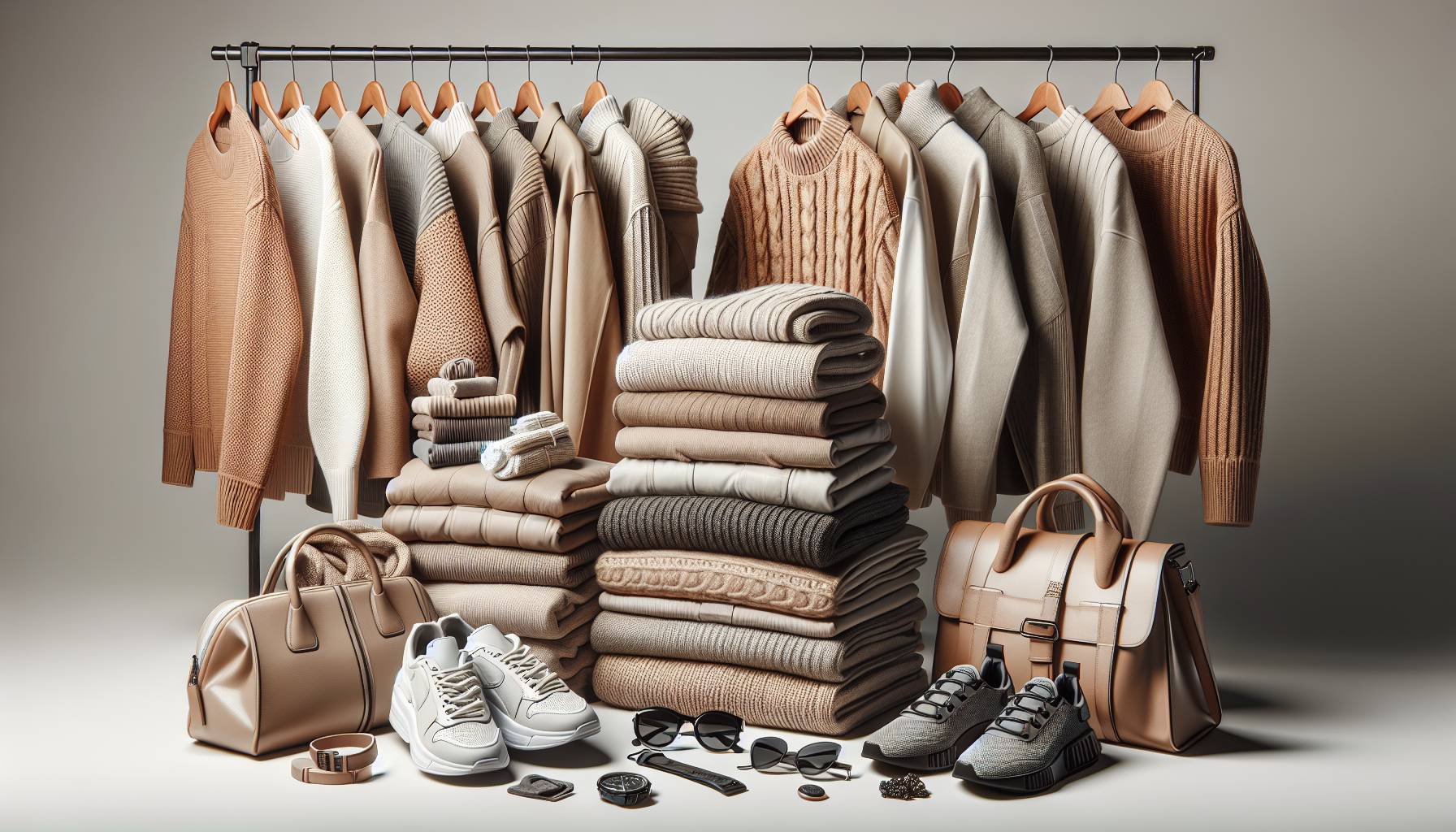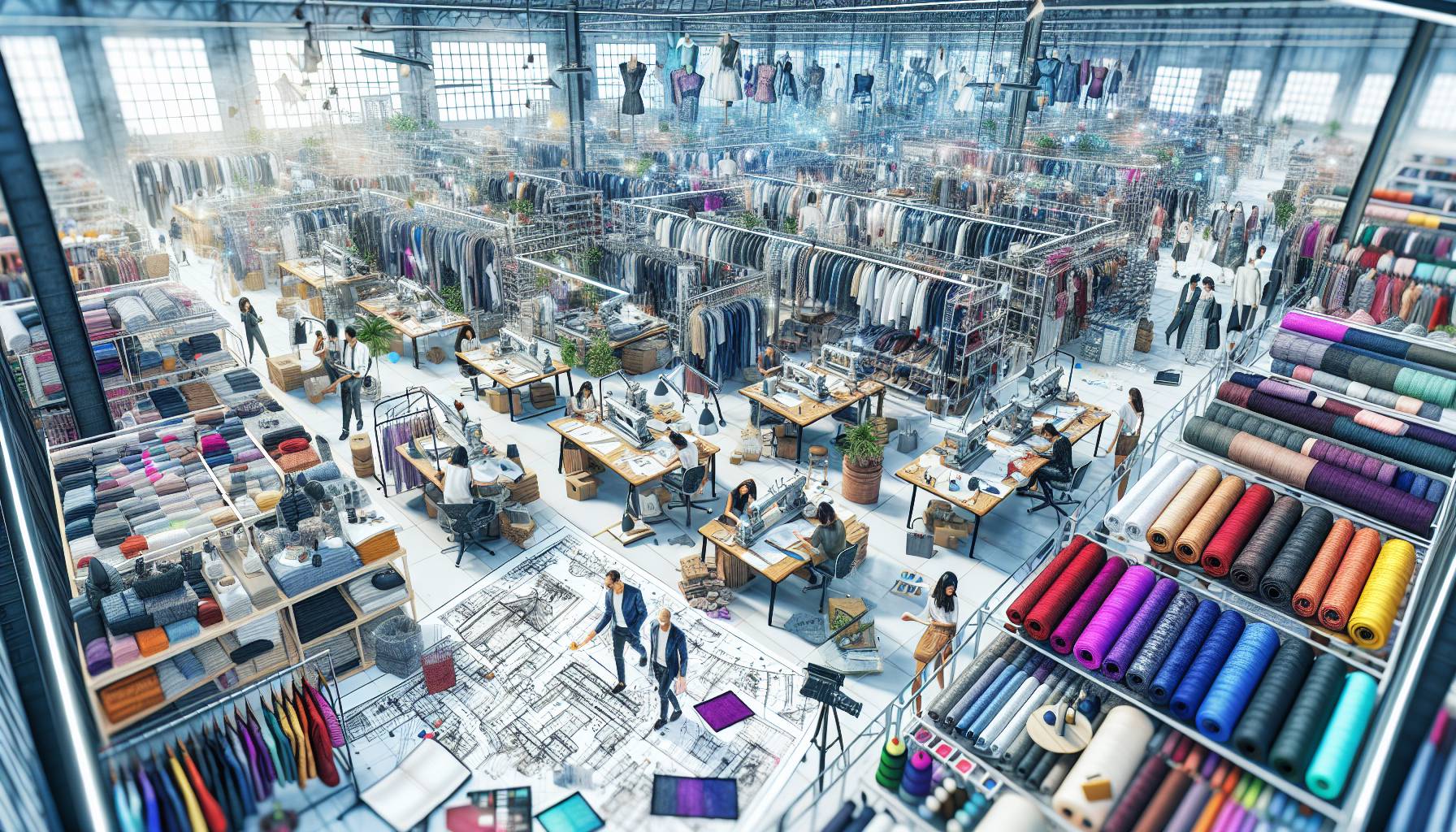Creative designs from discarded materials
Over the weekend, students from across Mecklenburg County took to the runway with outfits that turned heads—not for their designer labels, but for their inventive use of discarded materials. From shimmering gowns made of chip packets to structured jackets crafted from old newspapers, the fashion show was a vibrant display of creativity and environmental awareness.
One standout piece featured a dress constructed entirely from recycled aluminium cans, flattened and shaped into metallic petals that caught the light with every step. Another student wowed the audience with a suit made from intricately woven plastic bags, dyed in bold colours to mimic high-end textiles. The ingenuity didn’t stop at clothing—accessories like handbags, hats, and even shoes were fashioned from items such as bottle caps, cardboard, and fabric scraps.
Each design told a story, not just of artistic flair, but of a commitment to reducing waste and reimagining the potential of everyday rubbish. The students worked for weeks leading up to the event, collecting materials from their homes, schools, and local recycling centres. Many collaborated in teams, combining their skills in sewing, design, and engineering to bring their visions to life.
Judges praised the participants for their originality and craftsmanship, noting how the garments challenged traditional ideas of fashion and consumption. The event served as a powerful reminder that sustainability and style are not mutually exclusive—and that with a bit of imagination, even the most unlikely materials can be transformed into something beautiful.
Students lead the charge for sustainability
Behind the dazzling designs and inventive materials stood a group of passionate students determined to make a difference. For many of the participants, the fashion show was more than just an opportunity to showcase their creativity—it was a platform to advocate for environmental responsibility and inspire their peers to think differently about waste.
Students took the lead in every aspect of the event, from conceptualising their outfits to sourcing materials and managing the production process. Several school-based sustainability clubs played a key role, encouraging classmates to donate recyclable items and hosting workshops on upcycling techniques. These student-led initiatives fostered a sense of ownership and pride, as young people realised the impact they could have on their community and the environment.
Year 10 student Mia Thompson, who designed a skirt made entirely from old VHS tape ribbons, said the project changed the way she viewed everyday rubbish. “I used to just throw things away without thinking,” she explained. “Now I see potential in everything. It’s made me more conscious of my choices—not just in fashion, but in how I live day to day.”
Others echoed Mia’s sentiments, noting that the experience had sparked broader conversations about sustainability at school and at home. Teachers reported increased interest in environmental science and design subjects, while parents shared stories of their children initiating recycling efforts and reducing single-use plastics in their households.
By stepping into leadership roles and using fashion as a medium for change, these students demonstrated that the next generation is not only aware of the challenges facing the planet, but also ready to take action. Their efforts underscored the importance of youth engagement in sustainability and highlighted how creativity can be a powerful tool for advocacy.
Community support for eco-conscious fashion
The success of the eco-fashion show was not solely due to the students’ efforts—it was bolstered by a strong wave of community support that brought the event to life. Local businesses, schools, and families rallied behind the initiative, donating materials, offering venues, and volunteering their time to ensure everything ran smoothly. From sewing machines lent by neighbourhood craft stores to recycled fabrics sourced from op shops, the community played a vital role in empowering the students’ vision.
Parents and teachers were among the most enthusiastic supporters, helping students gather materials and refine their designs. Many schools incorporated the project into their curriculum, using it as a hands-on learning opportunity that combined environmental education with practical skills in design and collaboration. Teachers noted that the project not only engaged students academically but also fostered a sense of purpose and connection to their local environment.
Local councils and environmental groups also lent their backing, recognising the event as a valuable platform for promoting sustainability. Representatives from the council attended the show, praising the students’ efforts and reaffirming their commitment to supporting youth-led environmental initiatives. Some even pledged to explore similar programs in other parts of the region, inspired by the creativity and enthusiasm on display.
Audience members, many of whom had never attended a fashion show before, were visibly moved by the students’ passion and the powerful message behind each design. Applause and cheers filled the venue as each model walked the runway, and conversations about waste reduction and sustainable living continued long after the final outfit had been showcased.
To further engage the public, organisers set up interactive booths at the event where attendees could learn about recycling, composting, and sustainable fashion practices. Local artists and environmental advocates hosted mini-workshops, teaching simple upcycling techniques and offering tips on reducing household waste. These activities helped bridge the gap between the runway and real-world action, giving community members practical tools to adopt more eco-conscious habits.
The overwhelming support from all corners of the community demonstrated a shared commitment to sustainability and a belief in the power of young people to lead meaningful change. It also highlighted how collective action—when fuelled by creativity and purpose—can transform even the most unconventional ideas into impactful movements.
Creative reuse on the runway
Over the weekend in Mecklenburg County, a group of forward-thinking students took to the runway with a bold message: sustainability is always in style. The event, curated by the county to promote eco-conscious living, saw young designers reimagining waste as wearable art. From soda can bodices to flowing skirts crafted from layered plastic bags, each look was a testament to the power of creative reuse.
As a fashion expert, I was struck by the ingenuity on display. These students didn’t just upcycle—they elevated. One standout ensemble featured a corset constructed entirely from woven newspaper strips, cinched with a belt made of repurposed bottle caps. Another model glided down the catwalk in a gown fashioned from discarded snack wrappers, its metallic sheen catching the light like sequins on a couture piece.
“It’s not just about recycling,” said one of the student designers. “It’s about rethinking what fashion can be.”
The runway itself was a celebration of texture and contrast, with materials like cardboard, mesh produce bags, and even old VHS tape ribbon transformed into high-impact silhouettes. The craftsmanship was impressive, but it was the storytelling behind each garment that truly captivated the audience. Every piece challenged the traditional fashion narrative, proving that sustainability and style are not mutually exclusive.
For Australian designers and fashion lovers, this event serves as a reminder that innovation often begins with what we overlook. In a world increasingly aware of fashion’s environmental footprint, these students are not just creating clothes—they’re shaping the future of the industry.
Students turn trash into fashion
Each student brought a distinct voice to the runway, using discarded materials to express personal style and environmental awareness. One young designer turned a collection of deflated balloons and broken umbrella fabric into a voluminous cocktail dress, complete with a dramatic shoulder detail made from twisted wire hangers. The juxtaposition of whimsy and waste was nothing short of brilliant.
Another standout look came from a student who transformed old denim jeans into a structured trench coat, patchworked with offcuts from school uniforms and lined with pages from outdated textbooks. The result was a piece that felt both nostalgic and forward-thinking—an ode to youth culture and conscious design.
- A halter top made from soda can tabs, intricately linked like chainmail
- A mini dress crafted from bubble wrap and netting from fruit bags
- Heels reimagined from cardboard shoeboxes and duct tape
What made these designs resonate wasn’t just their clever use of materials—it was the confidence with which they were worn. The models, many of whom were also the designers, strutted with purpose, embodying the message that fashion can be both expressive and ethical. Their energy was infectious, drawing cheers from the crowd and sparking conversations about the future of sustainable style.
For the Australian fashion scene, where eco-consciousness is gaining momentum, this showcase is a timely inspiration. It challenges us to look beyond traditional textiles and embrace the potential of what we already have. These students didn’t just turn trash into fashion—they turned it into a movement.

